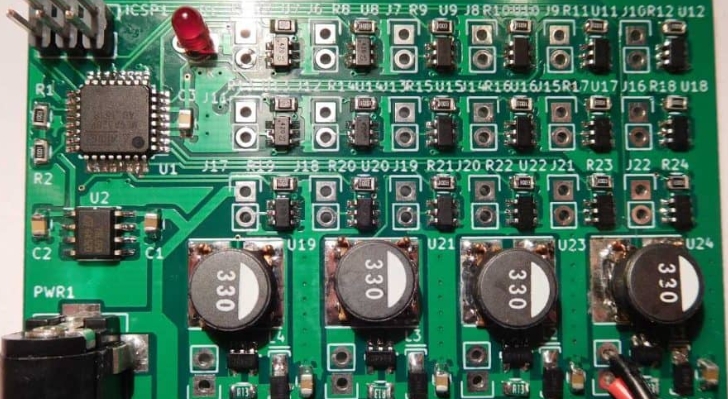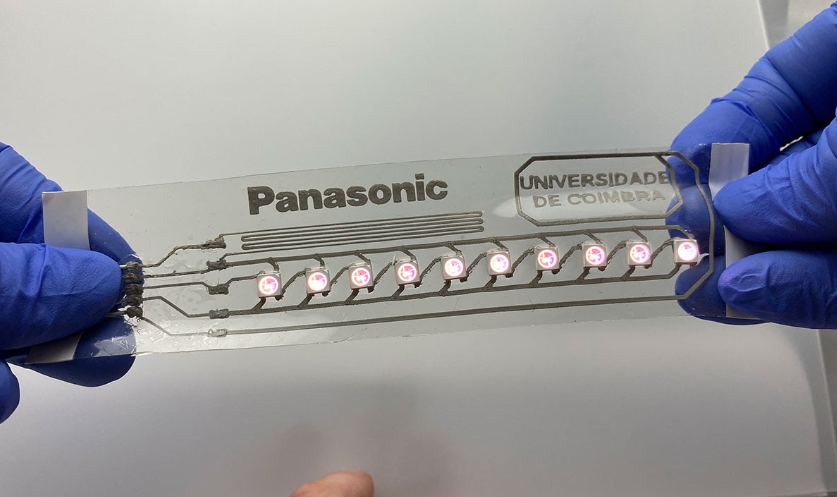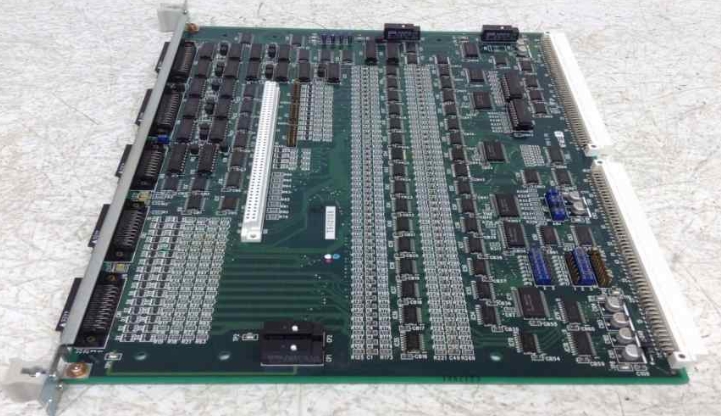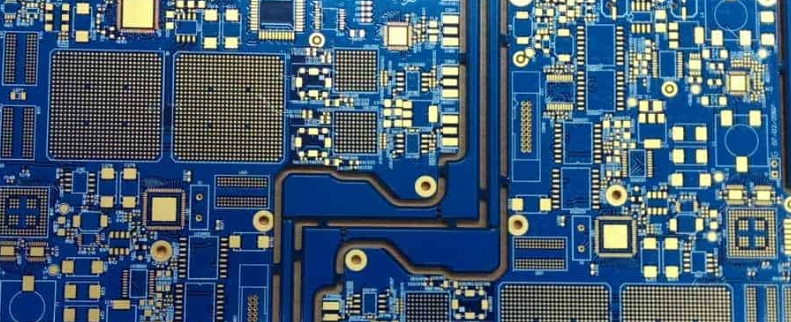What are the benefits of using Panasonic material PCB?
Panasonic is a world-renowned electronic product manufacturing company, and its products are trendy worldwide. In the field of PCB, Panasonic Material PCB also has good reliability and performance. This article will explore the advantages of using Panasonic Materials PCBs and introduce their unique features.
Panasonic Material PCB Durability and Longer Life
The benefit of using Panasonic material PCB is increased durability. Panasonic materials can withstand various environmental stresses, including temperature fluctuations, humidity, and mechanical shock. This durability ensures reliable operation, especially in demanding applications such as automotive electronics or industrial machinery. Additionally, Panasonic materials utilize advanced manufacturing processes and proprietary formulations that demonstrate superior resistance to factors that can degrade PCB performance over time, such as corrosion, solder joint fatigue, and electrical breakdown.

Panasonic Material PCB Have Excellent Thermal Properties
Panasonic Materials PCBs have excellent thermal conductivity, effectively transferring heat away from sensitive components such as processors, power electronics, and integrated circuits. This efficient heat dissipation helps maintain optimal operating temperatures. These materials maintain structural integrity and electrical performance in high-power applications or environments with extreme temperature swings. In addition, Panasonic offers a range of thermal interface materials (TIMs) optimized for bonding heating components to heat sinks or radiators. These TIMs promote efficient heat transfer, minimizing thermal resistance between components and cooling solutions to enhance thermal management.

Panasonic material PCB with high electrical performance
PCBs using Panasonic materials can have high electrical performance, which ensures signal integrity, power distribution, and electromagnetic compatibility (EMC) in electronic systems. Especially at high frequencies, Panasonic material PCB can exhibit excellent dielectric properties and reduce signal loss and distortion. This lets the PCB transmit digital and analog signals with minimal attenuation, ensuring reliable communication between components. In addition, Panasonic materials reduce the risk of electrical shorts and breakdowns under harsh operating conditions, and Panasonic also offers materials designed for high-speed digital applications, such as multi-layer PCBs for high-frequency communication systems.

Design flexibility and versatility
Panasonic offers a variety of materials suitable for different PCB manufacturing technologies, including rigid, flexible, and rigid-flex PCBs. This versatility lets designers choose the materials best suited for their specific application, whether compact wearables, high-density server motherboards, or flexible display panels. Compatibility of their processes, such as high-density interconnect (HDI) technology and embedded components. These materials enable the creation of complex PCB layouts with smaller feature sizes, tighter component placement, and enhanced functionality. Additionally, Panasonic materials allow the integration of various electronic components into the PCB substrate. This integration capability enhances miniaturization and reduces assembly complexity.
Cost-effectiveness and value
Panasonic is well-known for its compelling cost-effectiveness and value, and Panasonic materials PCBs can meet various performance requirements. This enables manufacturers to select materials that balance performance, cost, and application needs, ensuring optimal project cost-effectiveness. By using Panasonic Materials PCBs, designers can achieve the performance and reliability they need without exceeding budget constraints. Their long-term reliability and durability help minimize maintenance and replacement costs, further increasing their cost-effectiveness over the life cycle of electronic systems.
Final
The benefits of Panasonic Material PCBs range from enhanced durability and thermal performance to high electrical performance and design flexibility, making them ideal for various electronic applications. Whether you are designing consumer electronics, automotive systems, or industrial equipment, they provide reliability, performance, and value.

